Continuing to tell their stories and trailblazing the way for Afghanistan women after creating both a space for women in media and a voice for Afghan women, we talk to three women sharing their stories around freedom of speech.
Afghan Stories: Afghan Women in the Media. A battle that was won and then lost again.
There were those who emerged from the shadows and created a voice for Afghan women; their success in the media is proof of what was possible. Survivors and pioneers in their own rights, these three women shed light on a complicated narrative surrounding freedom of speech and gender-roles.
Some were not so lucky to jump onto the evacuation flights and had to find other ways to survive. The award-winning Afghan reporter Asal* is one of them, who has had to resign as a journalist. Other female journalists and photographers like Fatimah Hossaini and Nilofar Niekpor Zamani have relocated to Europe, but their careers have all taken a sharp turn. IMAGO spoke to these women about their work and the turbulence they were thrusted into as the Taliban took over their home.
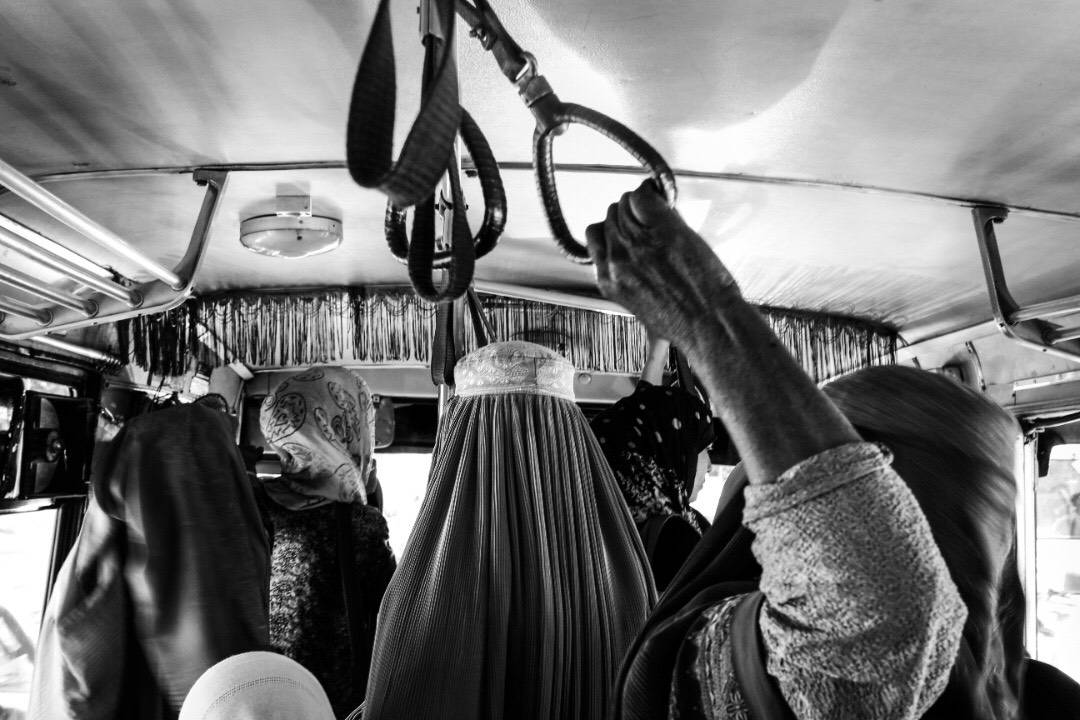
“As an Afghan journalist,” said Nilofar, “I call on all countries that have power; please don’t leave journalists alone, especially women journalists in this tough condition.” In a previous interview with IMAGO, Fatimah expressed that although she is safe in Europe, “leaving my photo project behind was one the hardest parts of fleeing from Afghanistan.” TV journalist Asal added that, “As far as I have seen in recent weeks, work has become difficult for male journalists, and every day journalists are beaten and inspected by the Taliban in the course of their work, which deprives female journalists of all hope.”
It is young women like Asal, Fatimah and Nilofar with a strong education and career who had to face brutal realities like walking around completely covered for the first time or staying inside. While arguments on how, when or if troops and aid should have withdrawn from Afghanistan will come from every angle, human rights organizations fear that the fight for women is one which has lost the biggest battle, with an especially strong hit on journalists and photographers.
Asal being not only a journalist but also a women’s rights activist and an open critic of the Taliban, she along with all the other women in her position, were under attack. And when the Taliban took Kabul, Asal said that “Those moments cannot be defined in words or text, but I was so scared and stressed that I could not look outside the house. I thought that the Taliban might search from house to house and find me, because I was a famous and free figure.”
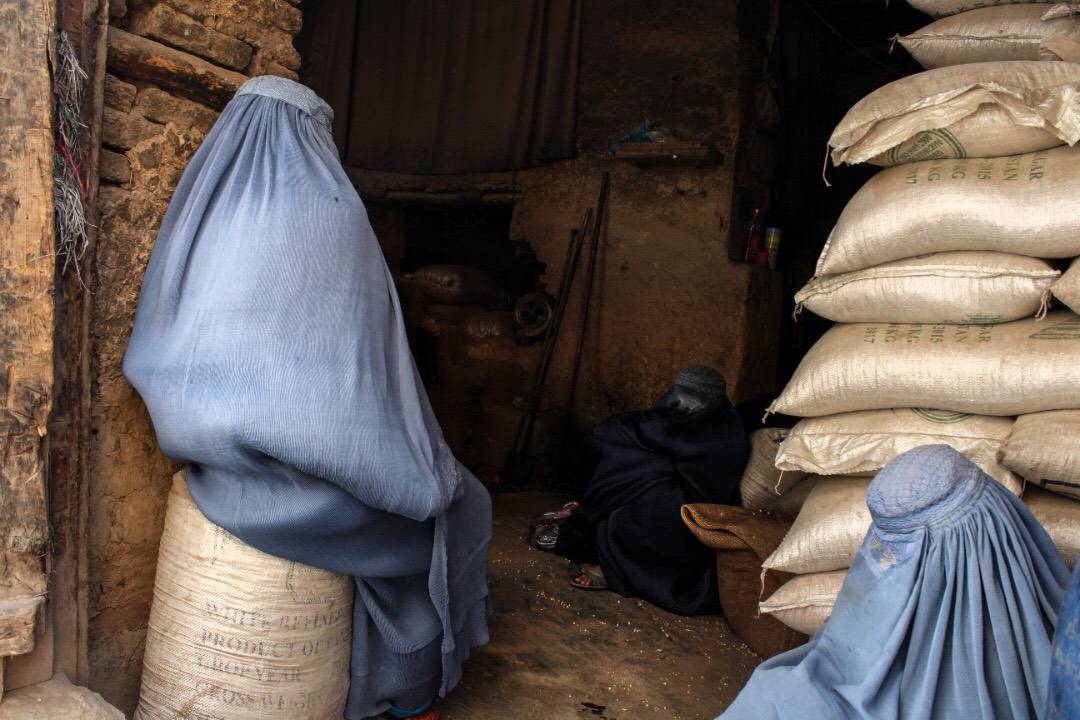
Growing up in the Kunduz province, Asal was able to finish secondary school and went on to teach. Later working as a lecturer at a media school, she also ran a news program on two local radio shows and then joined a TV Network in northern Afghanistan. In Kabul, she worked as a reporter, camera operator, and TV news host. She also held government advisory positions.
It is naïve to say that all of Afghan society before the Taliban took Kabul in August denied women the right to a career. It was Asal’s parents who motivated her the most to become a journalist, and one of her own reportages won a prestigious journalism award. But now, “women journalists have no place in the Taliban government and are not allowed to work,” she said.
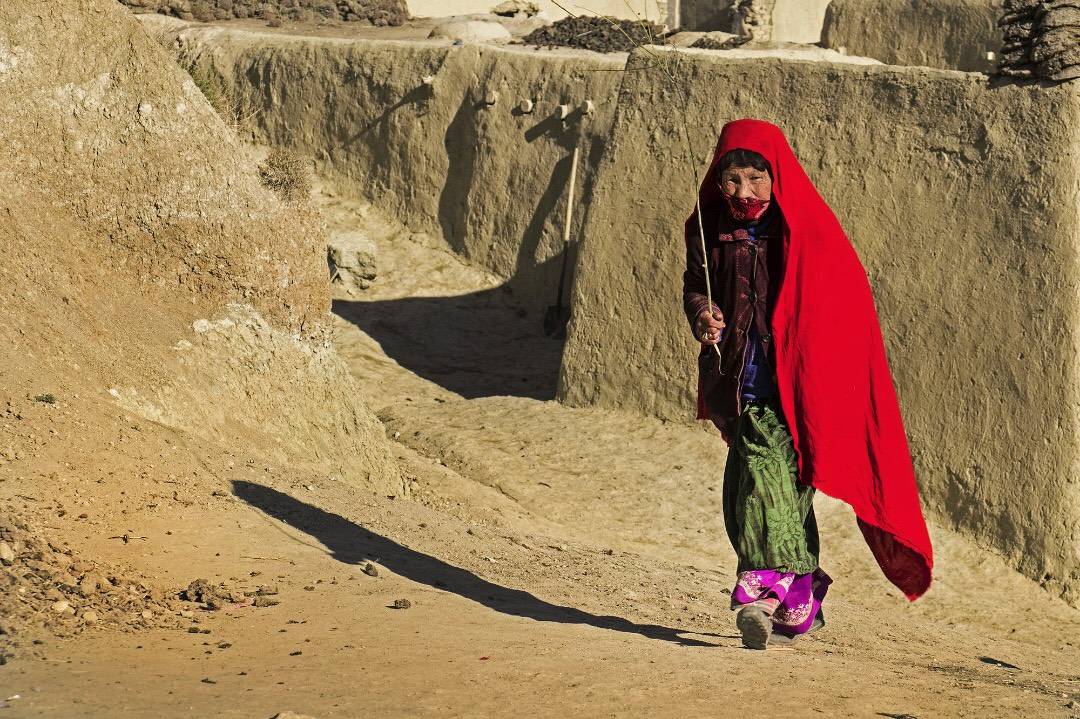
Nilofar was born in the Parwan province about 300 km south of Kunduz, but grew up and worked in Kabul. “I am [ethnically] a Hazara girl who was always attacked by the Taliban and my religion is Shia, the religion whose followers are always attacked by ISIS.” During the evacuations, she said that she was stormed by Taliban soldiers as she and her husband were heading towards the airport gates amidst crowds of thousands of people trying to escape, with shots being fired every few minutes. “I still remember the horrible sound of bullets and screams of women and children,” she said.
From 11pm to 6am they hid and waited until they finally entered the airport to board a flight after Dutch soldiers checked their documents at the Baran gate — the same gate which was struck by a suicide bomber a day later. “I wanted to go out and photograph this situation so it can be recorded as a history, and the whole world would know what was happening in Afghanistan, but unfortunately I was not allowed to,” she said. She left for the Netherlands and now lives in the Heumensoord camp in Nijmegen with other Afghan people.
Nilofar completed her photography degree from the Faculty of Fine Arts at Kabul University and became a news and documentary photographer. “In Afghanistan, I was looking for women who were breaking taboos and working out of the house with all their problems and challenges, and I think they were the heroes of my story,” she said.
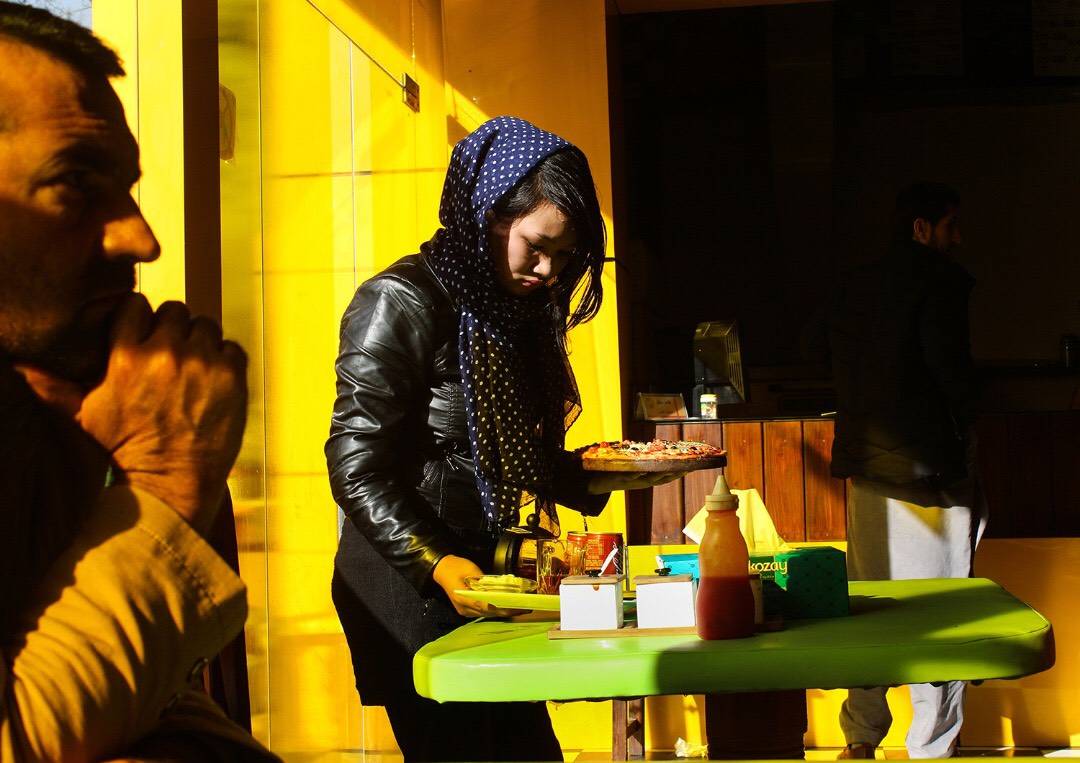
In fact, it was so uncommon to see a woman photographer from Afghanistan, that people would speak to her in English when they saw her with a camera. She was often denied access to certain areas for being a woman: “generally in such cases when I had this problem, I had to talk to them a lot to convince them to let me in,” she said, adding that it was difficult for her to find jobs as a photographer. “For example, I participated in an interview and at the end myself and a boy were shortlisted. Although I had more experience and got a higher score, they hired that boy, why? Because he was a man and I was a woman, and companies preferred the men.”


Fatimah, who managed to hop on a flight to Paris a day before Kabul fell to the Taliban, focused her work on portraits which aimed to dismantle the preconceptions of the Afghan woman. Smoking cigarettes behind the wheel of a car, posing in sunglasses and playing the electric guitar — her work was always meant to expose nuances in female identities.
“Women of Afghanistan are mostly overlooked and their voices and faces are underestimated. When I was looking and searching to explore where I belong, I saw there are so many things about women in Afghanistan that the world never sees,” she said.
Fatimah founded the Mastoorat organization, a non profit platform for Kabul-based female artists and has been exhibiting and speaking about her work around the world — recently in France and Italy. “I always try to show and capture the unseen portrait of women in Afghanistan — To talk about their strength, power, liberty and beauties.” (See full interview with photos here.)
The careers of women like Fatimah, Asal and Nilofar represent a relentless but noble resilience that should not be forgotten. “For many years in my homeland, despite many problems, I did not want to leave,” said Asal. “In the end” she added, “I want to say that I love my homeland and country very much, but I cannot stay.”
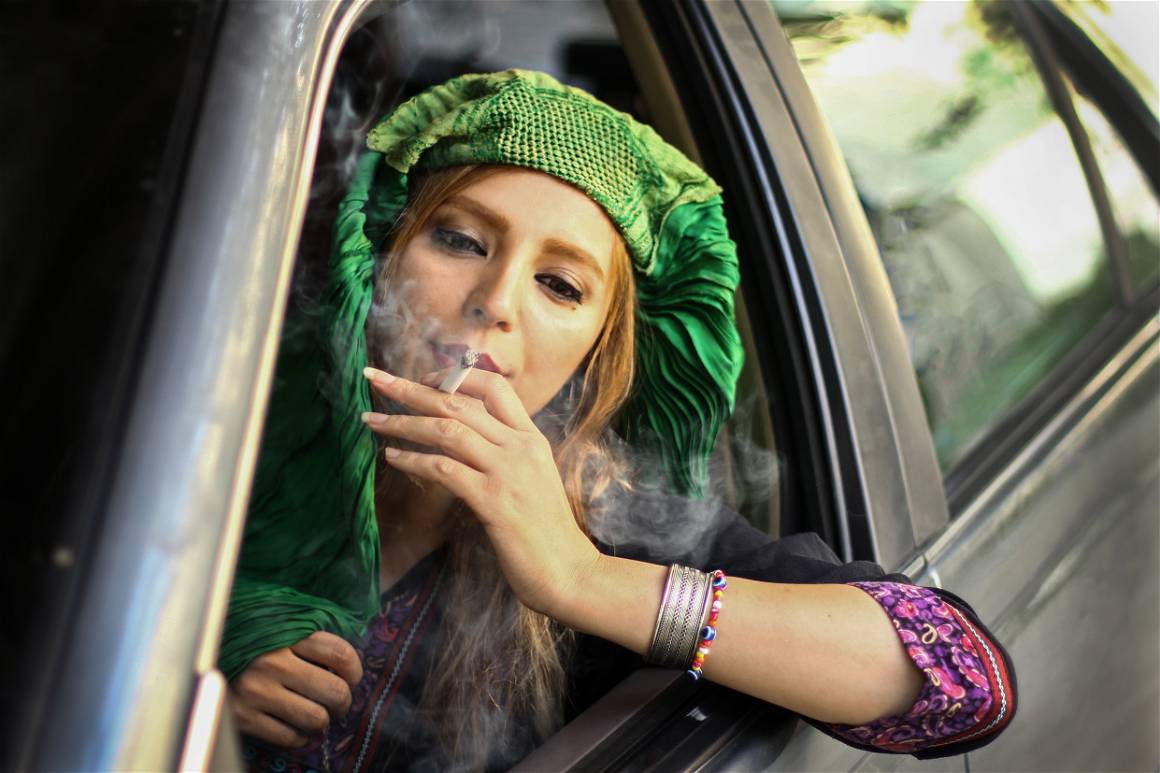
As for Nilofar, her goals in photography were both admirable and modest: “Most photographers want to win the Pulitzer Prize, but if I can bring laughter with my photos, that’s enough for me.”
Working proudly as Afghan women to serve and document their country, their legacy will remain to be a testament of what Afghan girls are capable of. “Photos have the power to change people’s minds and wake people up to things they aren’t aware of or are ignoring. They can make people feel a certain way, or just care a whole lot more,” said Fatimah, “Photography is a really important tool.”
*Asal’s name has been changed to protect her identity
Article for our Afghanistan Stories: A Short Series. Written by Columnist, Sofia Bergmann. Read another great article about the Kabul takeover and local lives from this series here.


